World building in an ELT materials context
By Scott Granville
It takes a particular combination of skill, timing (or patience), and engaging materials to first gain, and then retain, the undivided attention of a discerning learner in the digital age. Distraction is often an enemy of the educator and so in this post, I focus on how materials created around the concept of world building can help engage and maintain a learner’s interest.
For the Chasing Time English team, we continue to move increasingly towards world building in our materials development. In describing this term, I use it in the sense of pre-planned integration of learning opportunities based on our narrative drama series to expand on characters, themes and additional storyline threads for maximum language input and production.
Characters
In short episodic narratives, the main characters will have goals, with their actions/interactions reflecting a journey from point A to point B in an attempt to reach those goals. If the viewer (student) is invested in the storyline and the character’s journey, then learning activities can be introduced in stages. This starts with what information is known about each character from their onscreen time, lending itself to descriptive and recount (as examples) tasks before, during and after the episode. With world building, characters can then be further explored outside the narrative through interviews (audio, visual or text), monologues, and additional scenes growing to include external relationships and past experiences. This process also allows for the development of minor characters (with less screen time) creating a content-rich base for materials writers.
Themes and ‘B’ storyline
Similarly, pre-determined themes or topics to match the targeted proficiency level of each series can be exploited beyond the parameters of each episode. One benefit of producing our own visual content is the ability to showcase selected areas featuring the stunning natural surroundings of New Zealand. These eye-catching backdrops create a language path to environmental themes such as conservation, energy sources, and sustainability. Weaving a chosen concept into the narrative allows for follow-up tasks (e.g. group presentations) to remain relevant to the series while generating purposeful knowledge for wider use in spaces outside of the language classroom.
Additionally, secondary or ‘B’ storylines can take on new life. As an example of how this method functions, during our Skippers Pass series, one of the characters mysteriously disappears. As a listening and speaking task, our team created a ‘witness recount’ following a minor thread during one of the episodes. The student response to the recount task was so overwhelmingly enthusiastic that it generated the main focus for what became the (soon-to-be-released) sequel!
Building an exciting fictional world to draw in a learner is a wonderful and rich opportunity to maximise the exposure to language that can take place. Students who feel connected to a particular character, theme or narrative will, in most cases, be more inclined to respond with more depth in verbal or written form. These openings are valuable and must be nurtured whenever possible.
